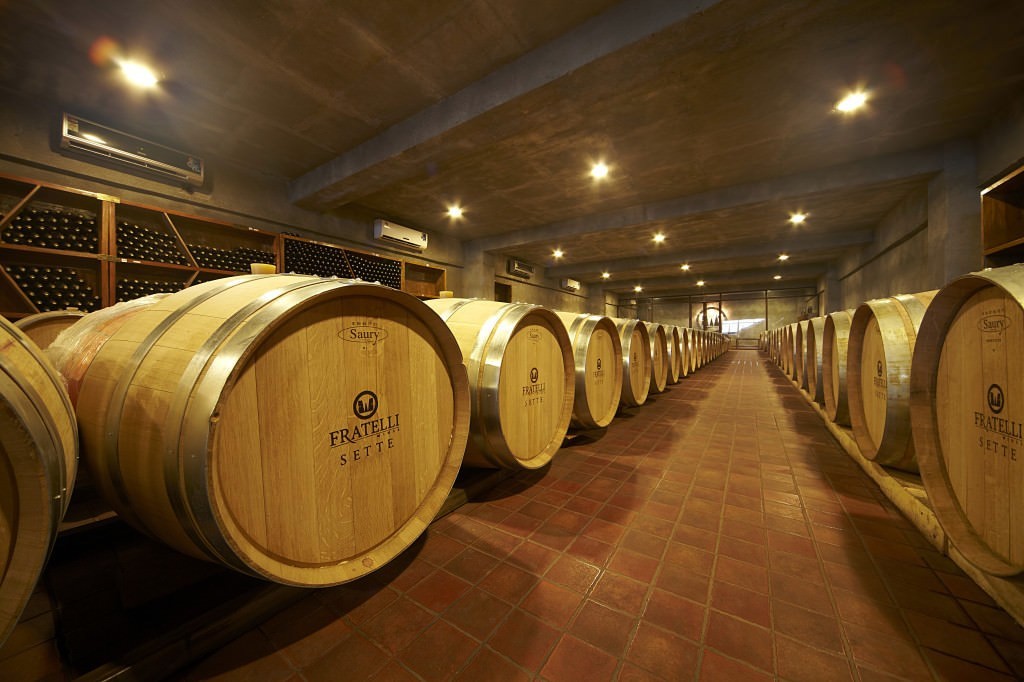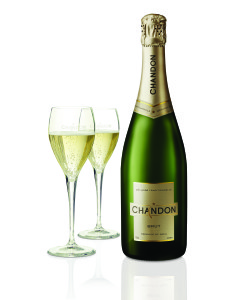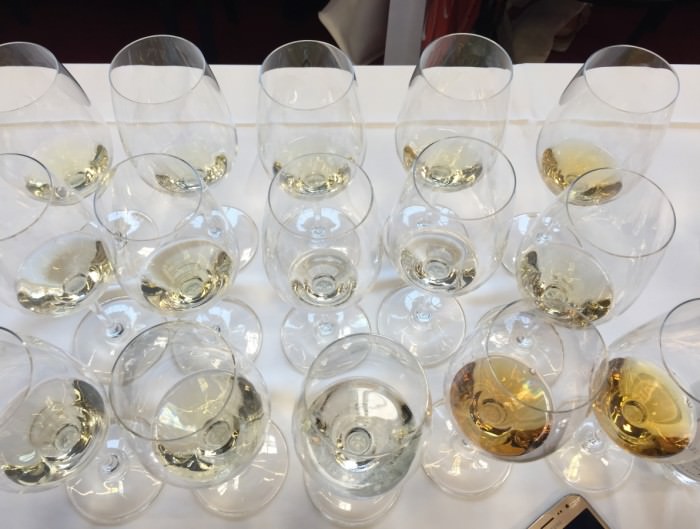It occurred to me while I was recently chatting with some of the Indian wine industry’s leading producers for a story commissioned by a newspaper, that Indian wine drinkers’ habits could well be among the most discussed, dissected and watched anywhere. With our vast population, producers in every wine producing country of the world are eager to make a dent here, but our taxes and wine drinking habits confound many. Our neighbour to the north, China, is currently being wooed by every winemaking country because of its recently developed love for wine, especially the pricey sort. And every producer in the world has pushed their wooing of China to every extent possible. For example, Bordeaux First Growth Château Lafite announced that it was to feature the Chinese symbol for the figure eight on every bottle and magnum of its 2008 vintage, case prices for the wine went up by nearly 20% overnight. Eight signifies good luck in China. And everyone in the stagnating European wine market wanted a piece of Chinese good luck.
But India, a country everyone loves to mention in the same breath as China for most other things, lags way behind when it comes to wine.
No surprises there, pointed out Cecelia Oldne, global brand ambassador for Sula Wines, India’s leading wine producer. “In India, wine is consumed by 1% of the population.” But therein lies the possibility for glorious opportunity if well handled, she added. “The Indian wine industry is evolving at a steady pace…making it one of the world’s most exciting wine markets looking to the future.”
The cause of excitement and more importantly, hope, in wine circles lately, has been the report presented by data gathering organisation, International Wine & Spirit Research (IWSR) and presented by Vinexpo in March 2014. The presentation listed latest findings in the wine world – among them, that the US is poised to overtake Italy and France as the world’s biggest consumer country of wine by 2014. And that China leads Australia by a wide margin at the top of Asia-Pacific wine consuming countries (India is at number 11, behind the Philippines and Vietnam).
But some findings on India did raise eyebrows: Indian wine consumption will grow 73.5% between 2013 and 2017 – a period of just four years.
Kapil Sekhri, director of the fast-growing Indian brand Fratelli Wines (which started with 3 wines in their portfolio in 2010 and has grown to 18 in 2014) says he agrees with the report completely. “Wine has become a lifestyle product. It is a healthier drinking option and is becoming culturally accepted in our country….it is a worldwide trend. With changing lifestyle and favourable government policies, I think it (73% growth) is achievable.”
Oldne adds, “The Indian wine consumption rate per capita in India is 12ml, compared to France, which is 30 litres. What’s intersting is that the consumption of wine in France is declining, and in India it hasn’t even matured.”Another significant trend that she points out, “Wine consumption among women throughout India has increased by 30% in the last 5 years, compared to a 17% surge in demand from men, especially in metropolitan areas. More women are joining the workforce, becoming economically independent.” In addition, “Greater exposure to Western culture, global travel and experience of other countries where drinking wine is part of the lifestyle, are also helping drive sales of wine in India.”
Abhay Kewadkar, business head, wines, United Spirits says the IWSR has credibility, and their predictions have come true in the past, like the one about China becoming a wine superpower. “No one believed the IWSR about China when they predicted its rise 15 years ago. But it happened,” he says. Kewadkar himself believes a big push for Indian wines will come when the much-needed appellation laws come into use in India, something that the Indian Grape Processing Board (IGPB) has been authorized to undertake by inter-governmental wine organization OIV (Organisation Internationale de la Vigne et du Vin). Strict appellation laws and accompanying tracking software will ensure quality, thereby raising credibility by ensuring that all Indian wine producers work within clearly defined norms. “Indian wine consumption is growing each year 15-20%. Multiply that by four years, and yes, the IWSR figure of 73.5% isn’t so hard to believe.”
While wine producers who are looking towards India rue the excessively high taxes and other restrictions imposed on imported wines by the government, the mark-up by hotels and restaurants is often also excessive, and that is certainly a dampener. The consumer, in the end, is the one who suffers, paying many times over for the pleasure of drinking a bottle of wine.
There always comes a trigger point in the growth of an industry, adds Kewadkar. “The US wine drinking exploded thanks to the pronouncement of the French Paradox, and the widespread belief that drinking red wine was healthy and prevented heart attacks. Similarly, Chinese wine drinking also soared with the belief that wine is good for health, especially red wine, which is also considered auspicious there. There has to come a similar trigger point in Indian wine drinking habits, and this will depend on many things. Today, the average restaurant price for an Indian wine is approximately Rs 2500, and that is very high. Hotels and restaurants justify their high pricing, citing steep overheads, but this doesn’t help wine drinkers in India. One day they will realise that this works against them. In Australia, you can get a good quality wine for $12 to $15. In India, it is five times that price.” The trigger point for India, he says, will be a reduction in the end consumer price. “Then we will see true growth.”














